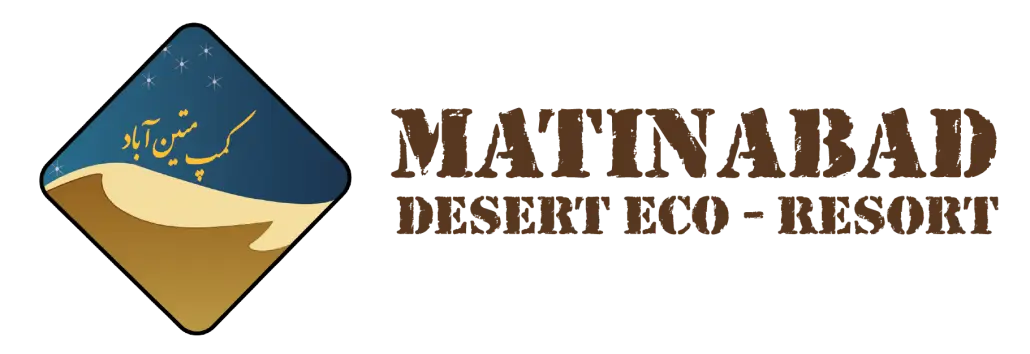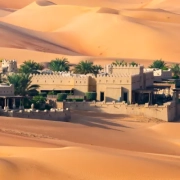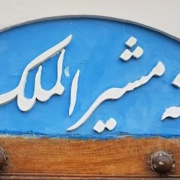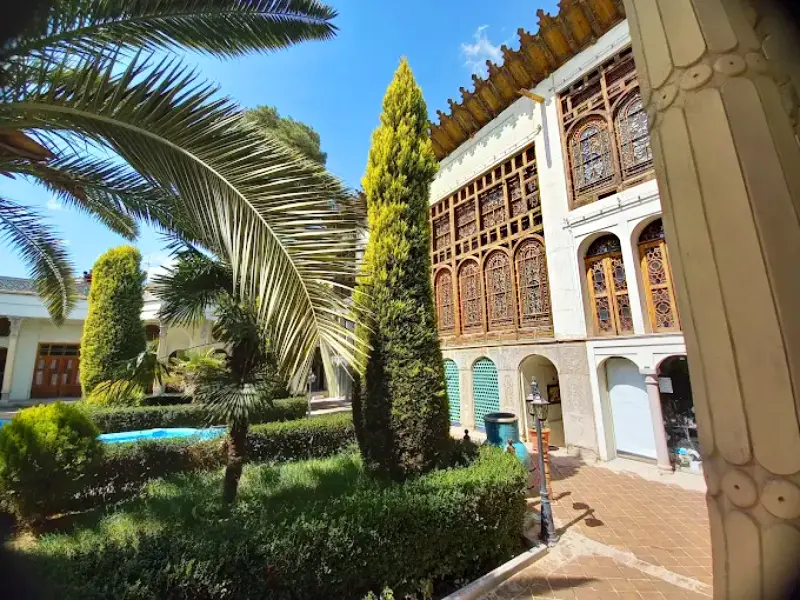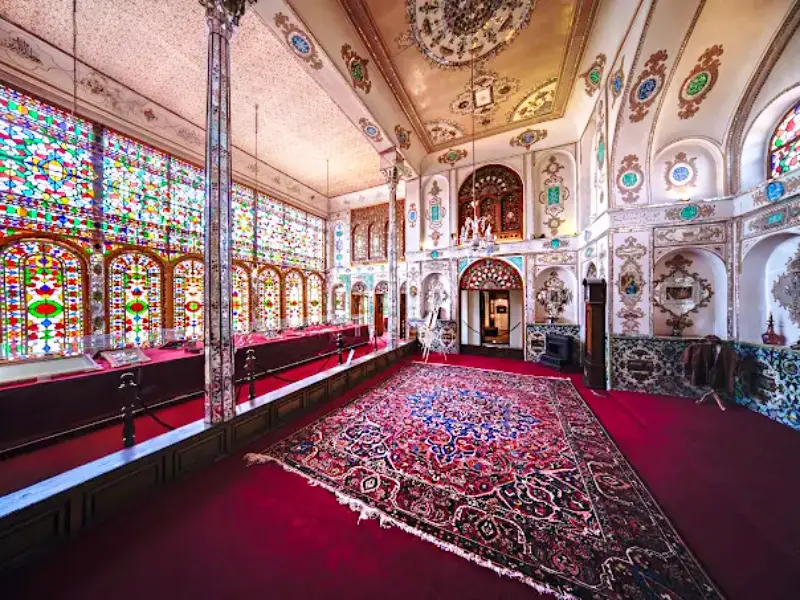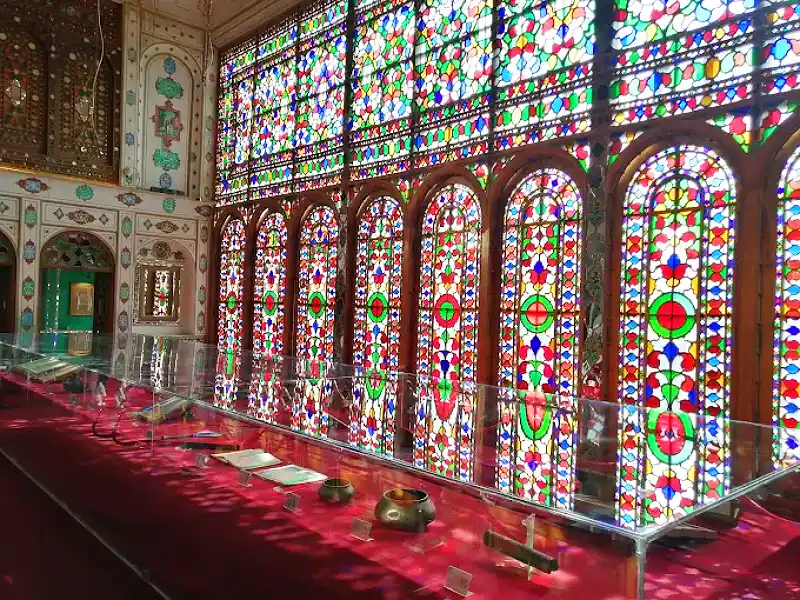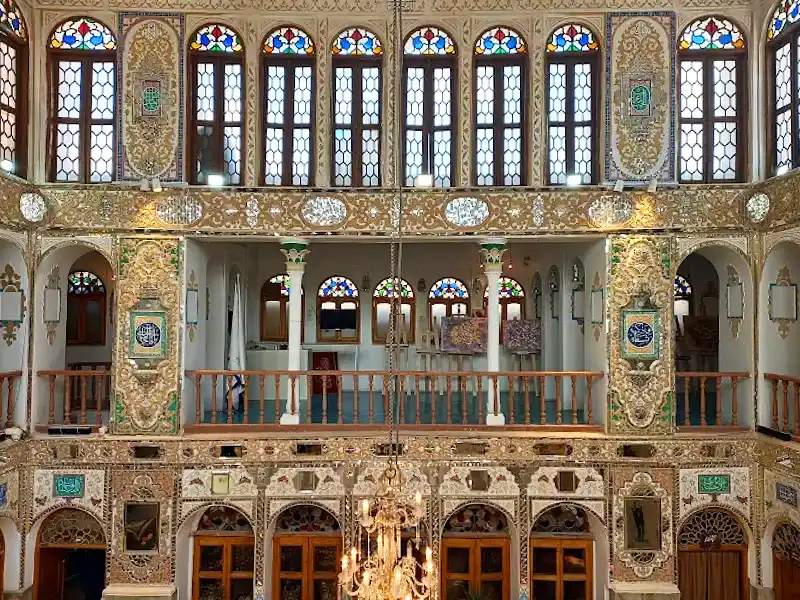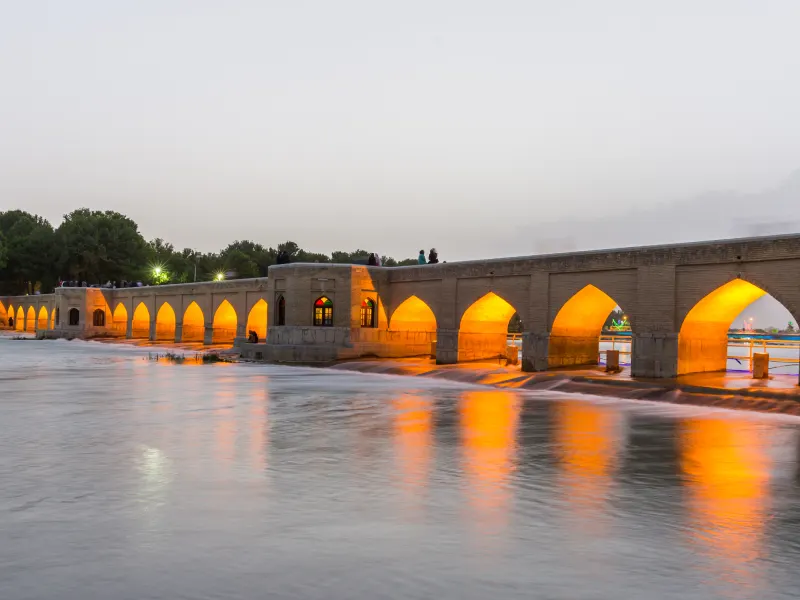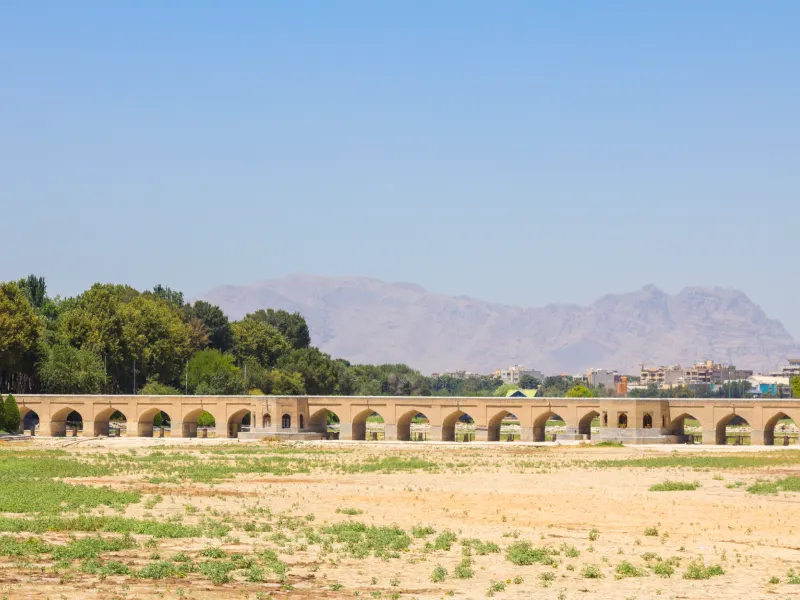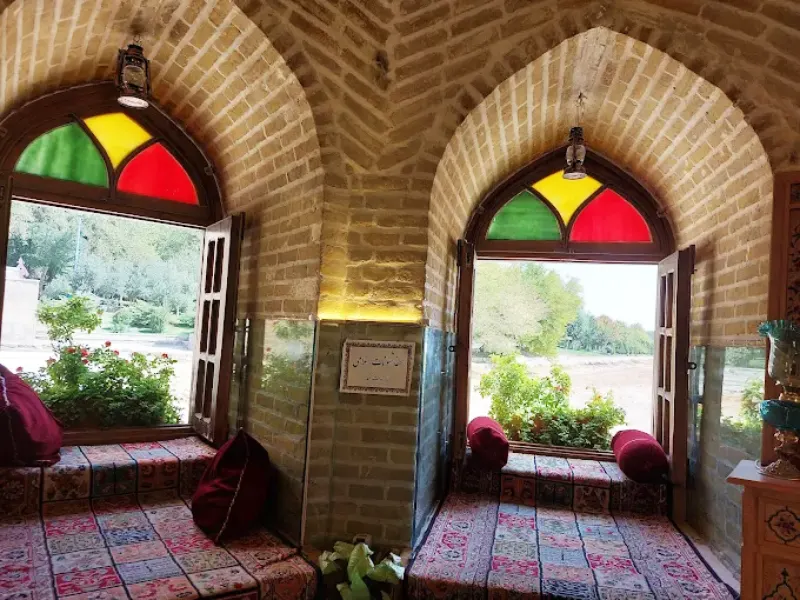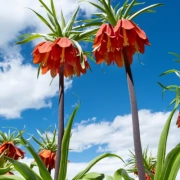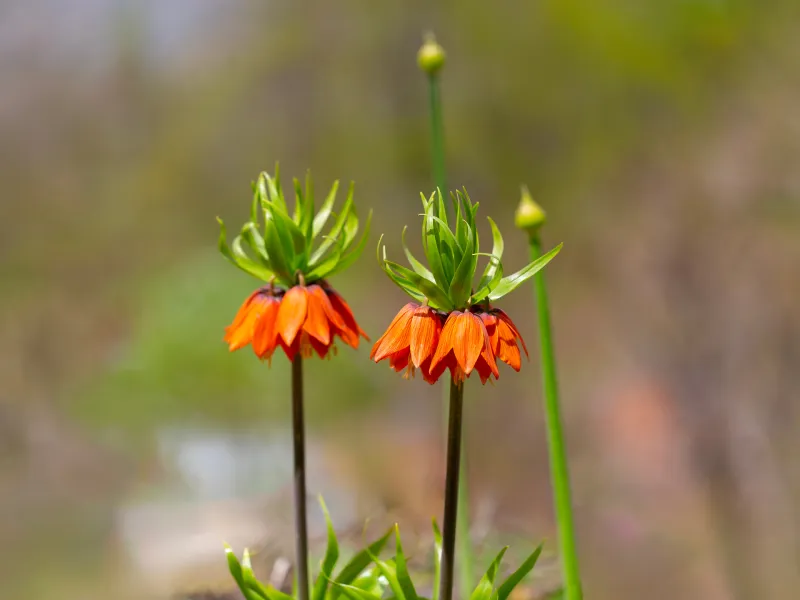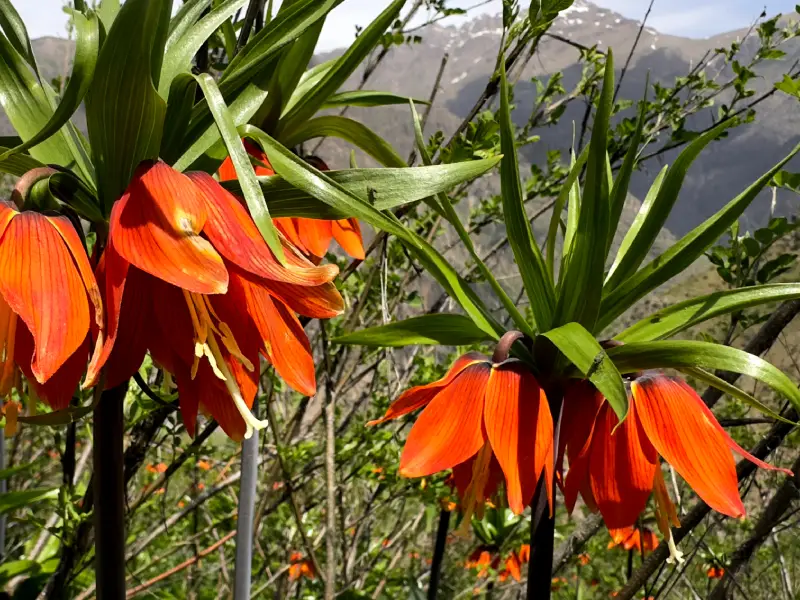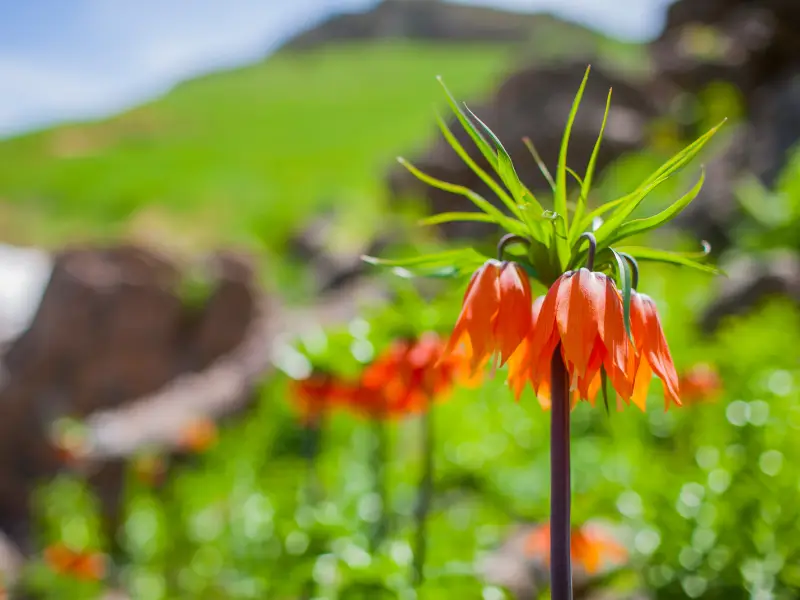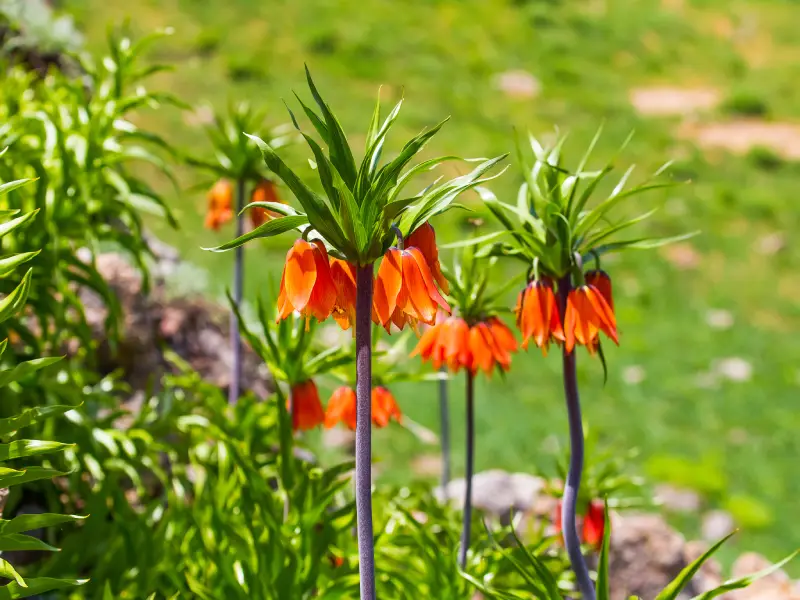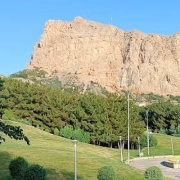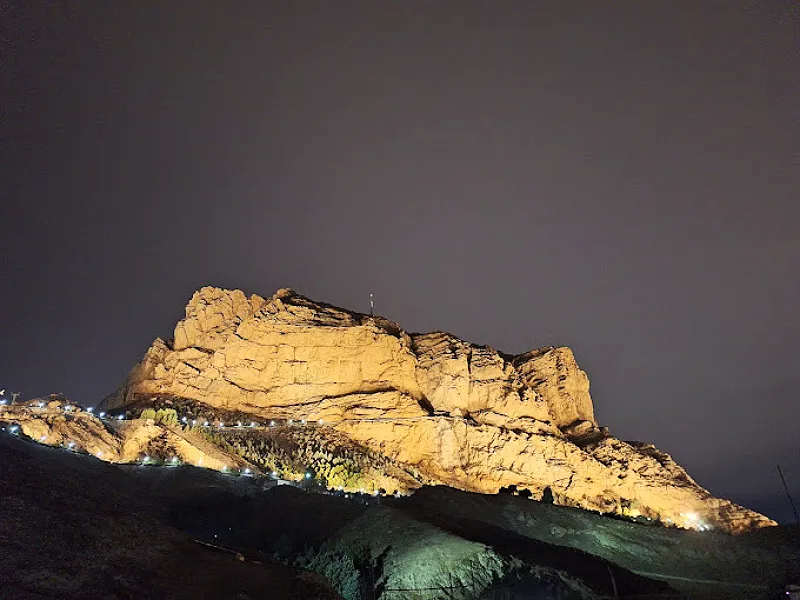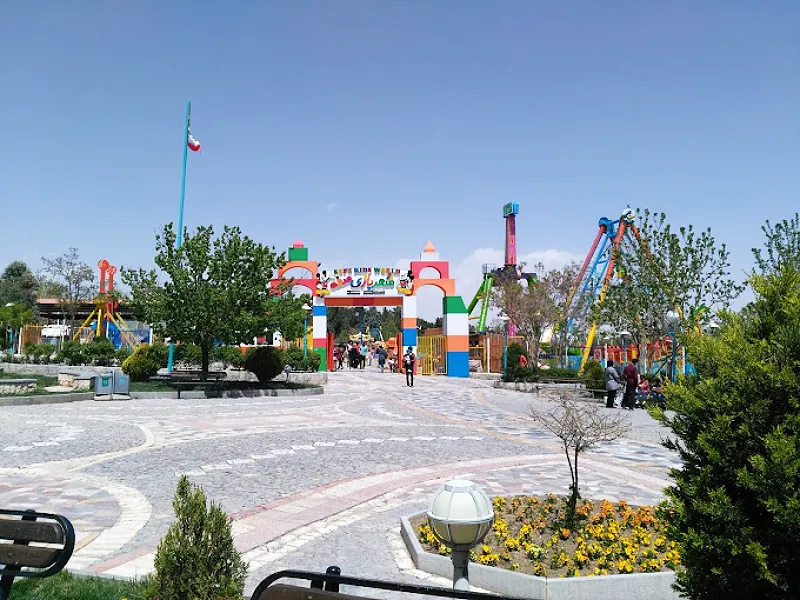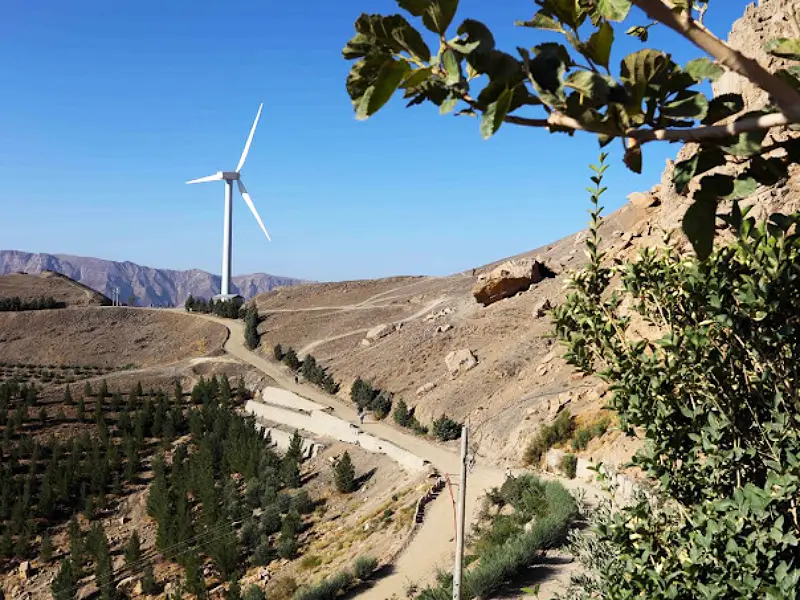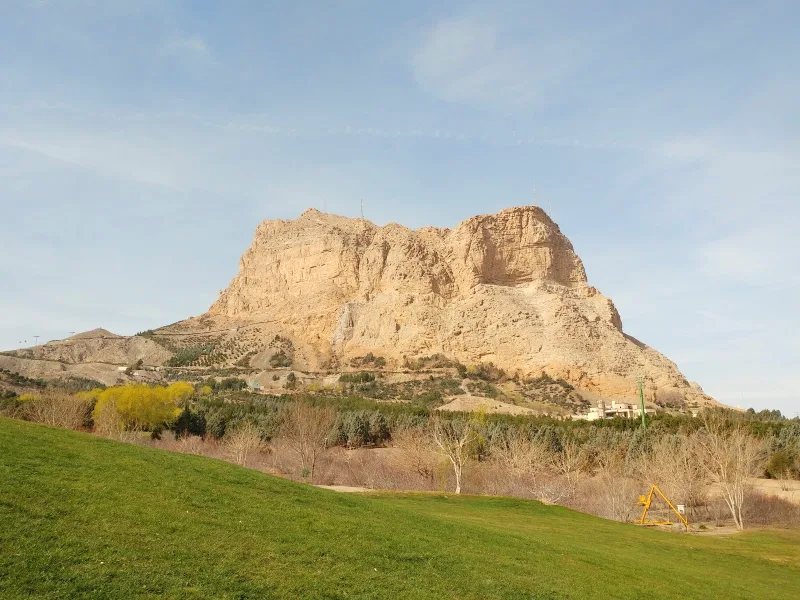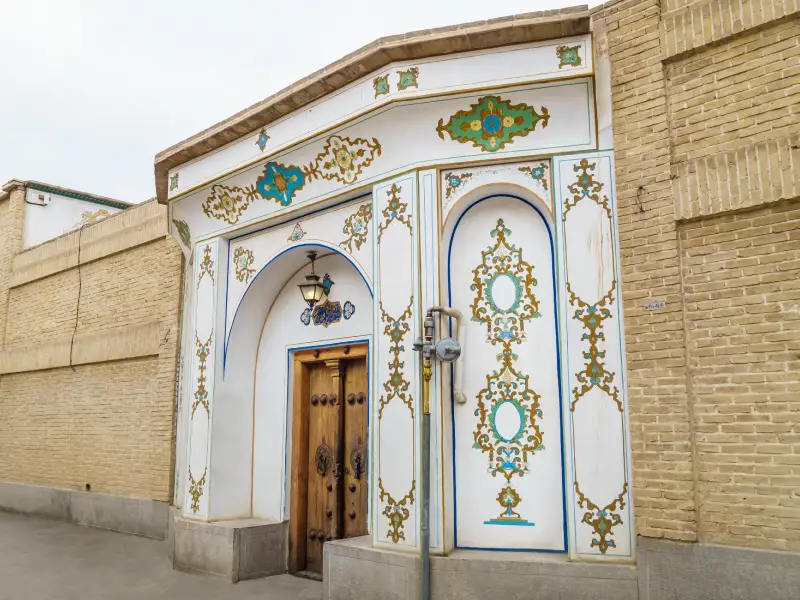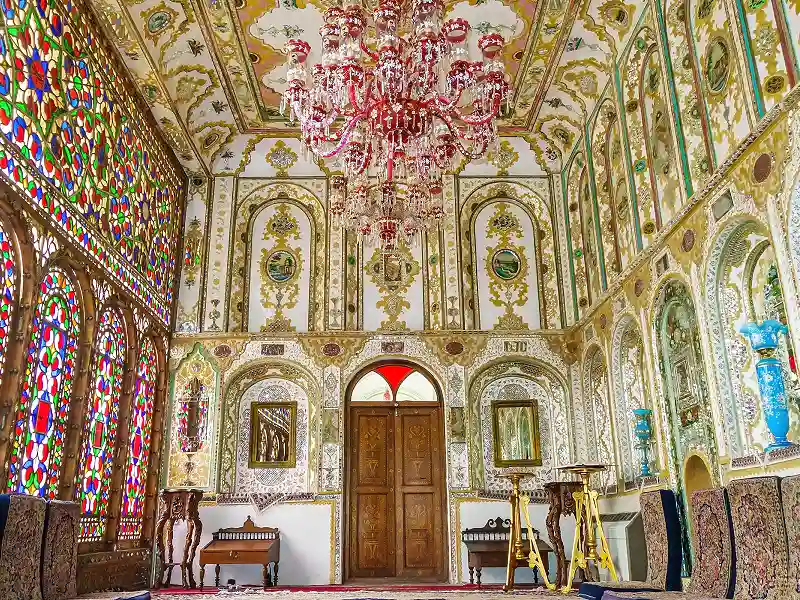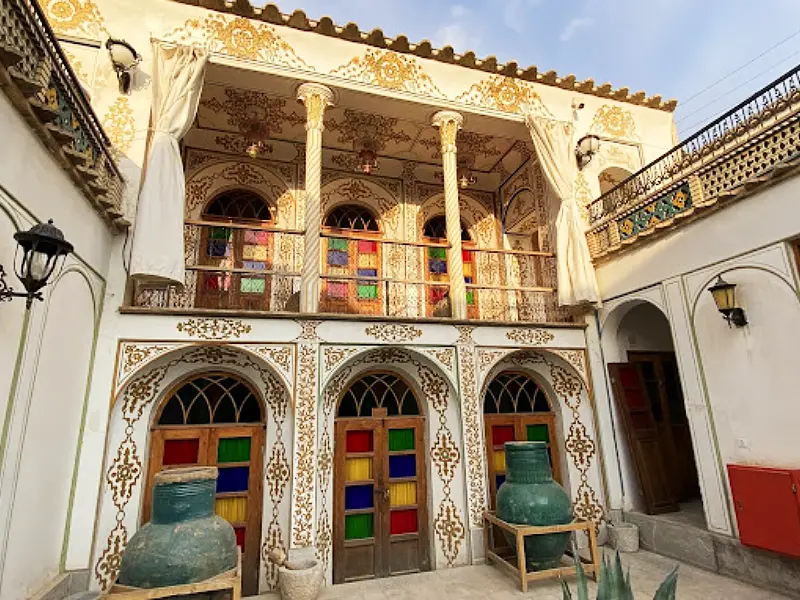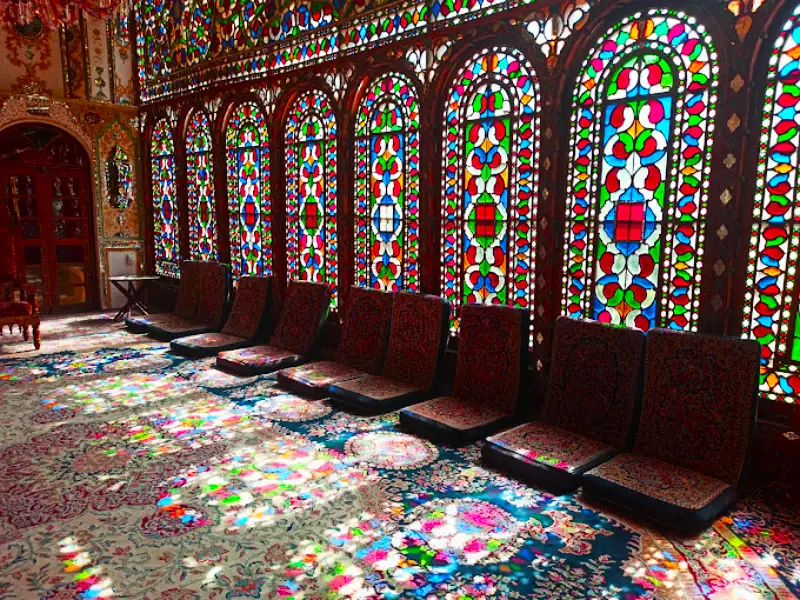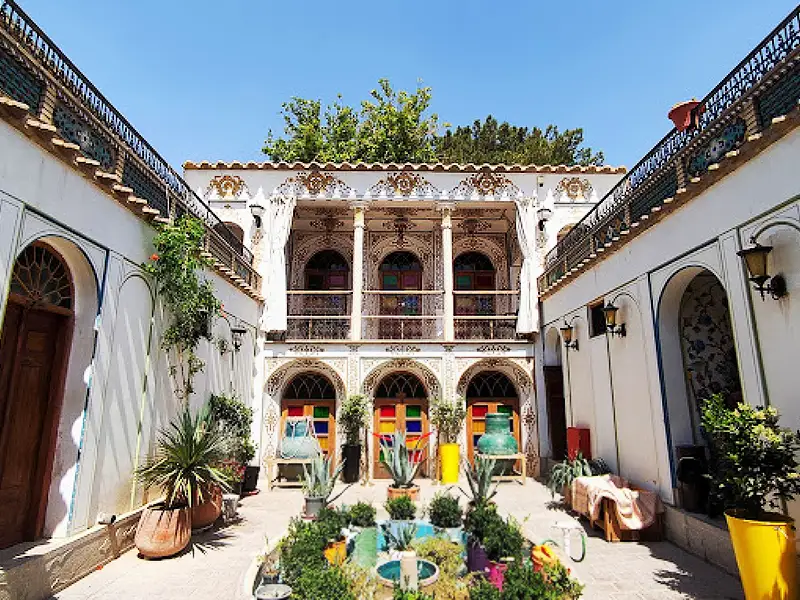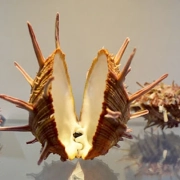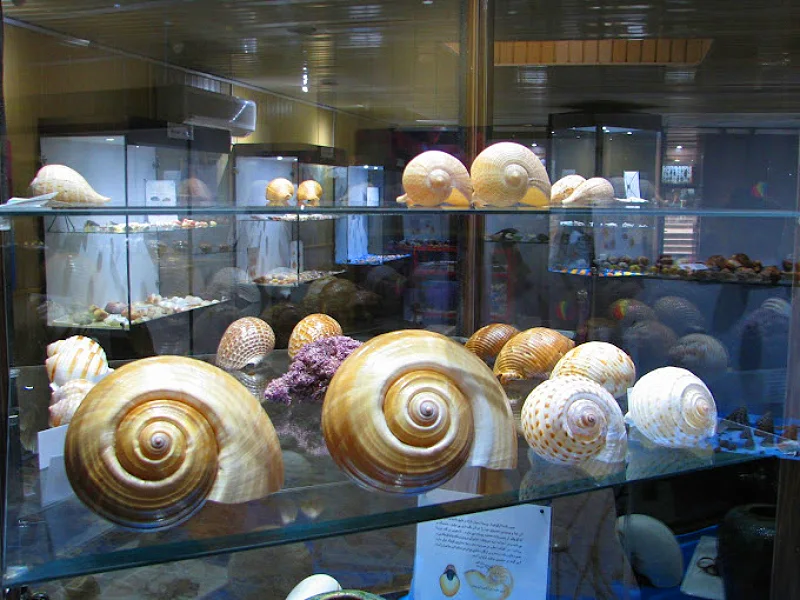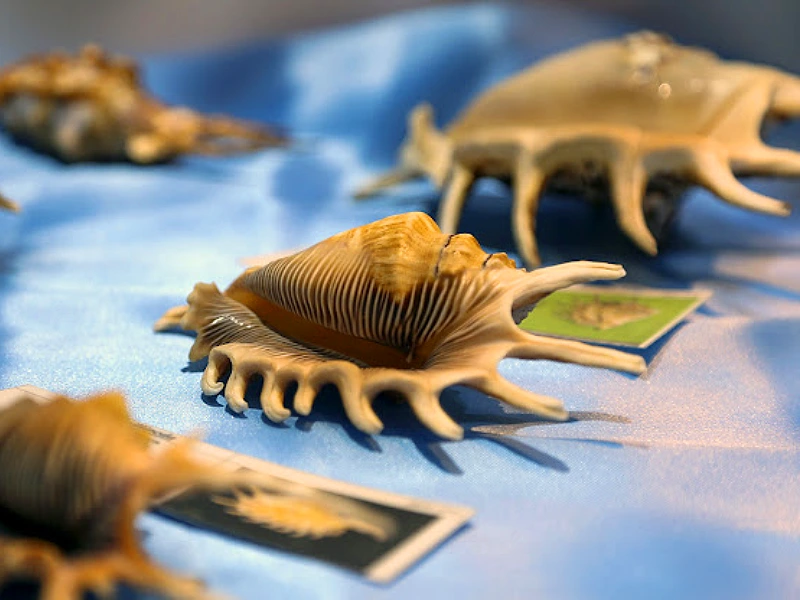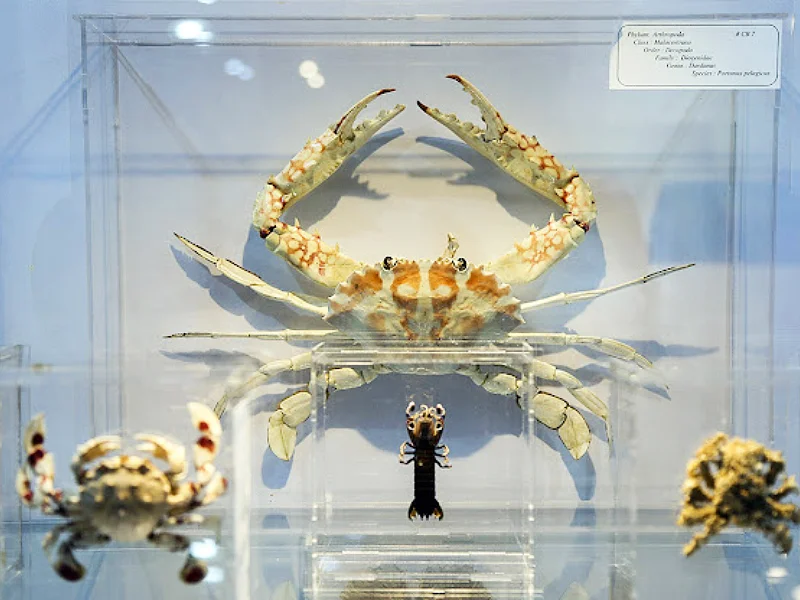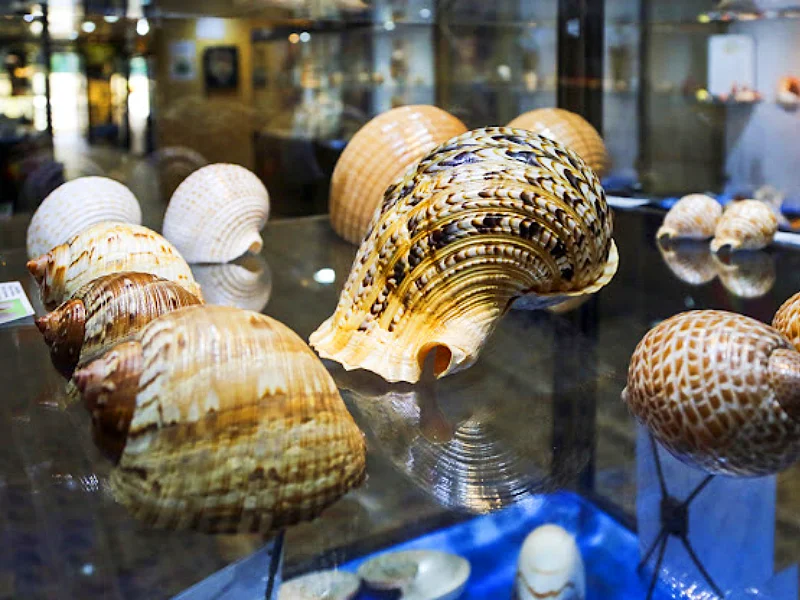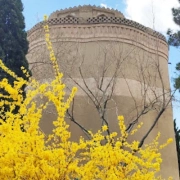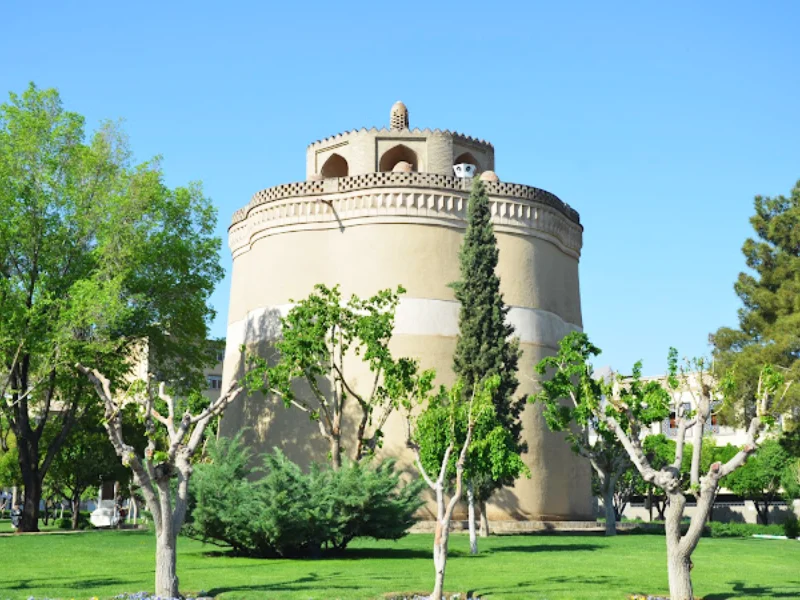Top 10 Desert Resort in the World
When most people think of luxury travel, they imagine beaches or snowy mountains. But deserts have their own magic that many cannot even imagine. Deserts offer a unique beauty with endless golden sands, soothing silence, and starry skies. In recent years, desert resorts have become very popular among travelers who want something different. These resorts combine the wild charm of the desert with comfort and elegance. If you are drawn to camel treks, relaxing spa sessions, or simply soaking in the desert’s serene atmosphere, then a stay in a desert resort might be just what you need. In this article, we will explore the top 10 desert resorts in the world. We will talk about their locations, the amenities they offer, their cost, and who they are ideal for. Come along as we explore the soul of the world’s most enchanting desert landscapes.
1. Al Maha (Dubai, UAE)
Located in the heart of the Dubai Desert Conservation Reserve, Al Maha is one of the world’s most famous desert resorts. It is only about a 45-minute drive from Dubai, but it feels like another world. Surrounded by golden sand dunes and native wildlife, like oryx and gazelles, the resort offers a quiet escape from modern life.
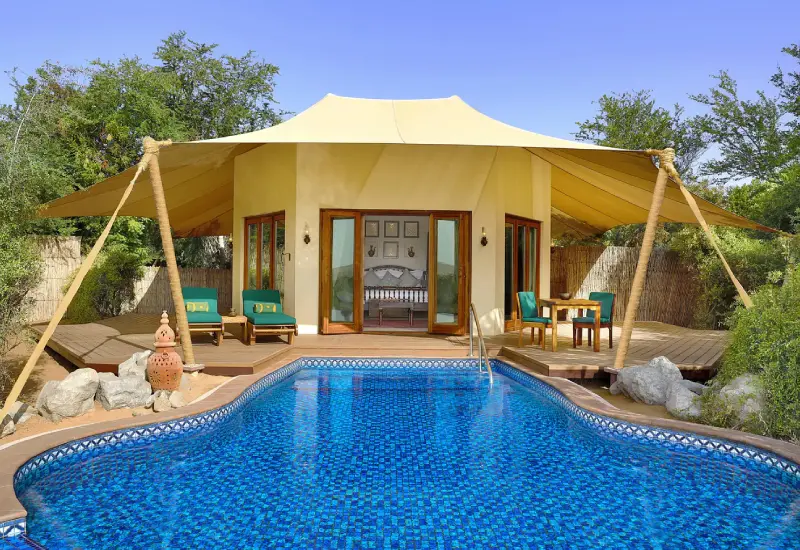
Guests are welcomed into lavish suites inspired by traditional Bedouin design, each offering the privacy of its own pool. Each suite overlooks the desert and offers stunning views, especially at sunrise and sunset.
Guests can enjoy activities such as camel rides, falconry shows, and dune driving. The cost of staying at this resort is around $1,000 to $1,500 per night. This resort is great for couples and honeymooners looking for a private and romantic getaway.
2. Amangiri (Utah, USA)
Hidden in the dramatic landscape of southern Utah, Amangiri is one of the most unique desert lodges in the world. Surrounded by rocky canyons and ancient cliffs, the lodge offers a unique setting.
Amangiri features a modern, sleek design with natural materials like stone and wood. Its spa is world-class, and outdoor yoga, hiking, and hot air balloon rides are available. There is also a private airstrip nearby for easy access to round out the amenities.
Rates start at around $3,000 per night. This is a great place for luxury travelers, celebrities, and those looking for privacy and exclusivity.
3. Longitude 131° (Uluru, Australia)
Longitude 131° is a luxury tented camp located in the Australian Outback. It offers views of the famous Uluru (Ayers Rock), which is a sacred site for the local Indigenous people. The resort has 16 luxury tents perched atop sand dunes.
Each tent has floor-to-ceiling windows that offer breathtaking views of the desert. Guests can learn about Aboriginal culture, enjoy delicious food, or simply admire the natural beauty. The small number of tents at the camp promises high quality and attention to detail.
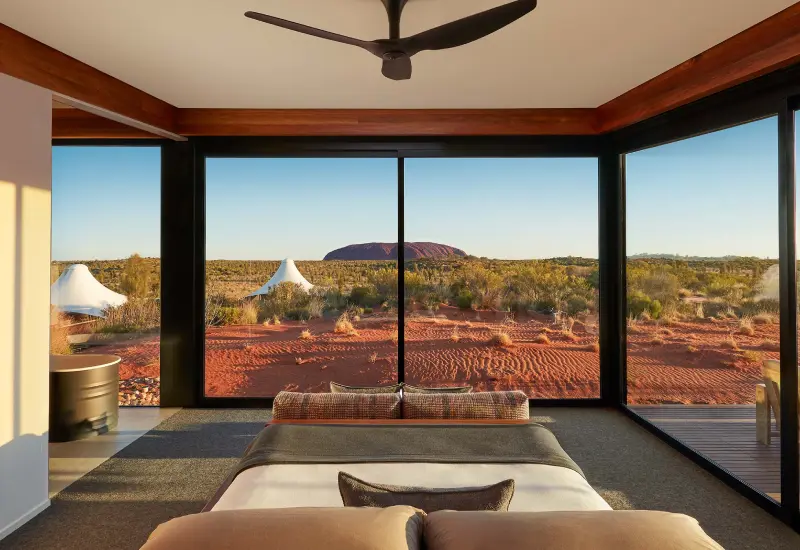
You will need to spend between $2,000 and $2,500 per night to stay here, but it is definitely worth it. For adventurers, nature lovers, and cultural travelers, this camp is a one-of-a-kind experience.
4. Beyond Sossusvlei Desert Lodge (Namibia)
Located in the Namib Desert, one of the oldest deserts in the world, this remote desert lodge offers luxury accommodation in one of the most beautiful parts of Africa. The lodge is renowned for its tranquil surroundings and starry night skies.
Each of the ten suites has large glass walls, solar-powered air conditioning, and a personal telescope. The lodge also has a wine cellar, swimming pool, and guided tours of the red sand dunes of Sossusvlei.
A stay at this charming lodge will cost you around $1,400 to $1,800 per night. It is recommended for photographers, astronomers, and those who want to explore the African wilderness in their own way.
5. Qasr Al Sarab Desert Resort by Anantara (Abu Dhabi, UAE)
Translating to “Mirage Palace,” Qasr Al Sarab stands as a breathtaking vision rising from the sands, worthy of its name. Located in the Rub’ al Khali (Empty Quarter), the world’s largest sand desert, the resort looks like a castle rising from the dunes.
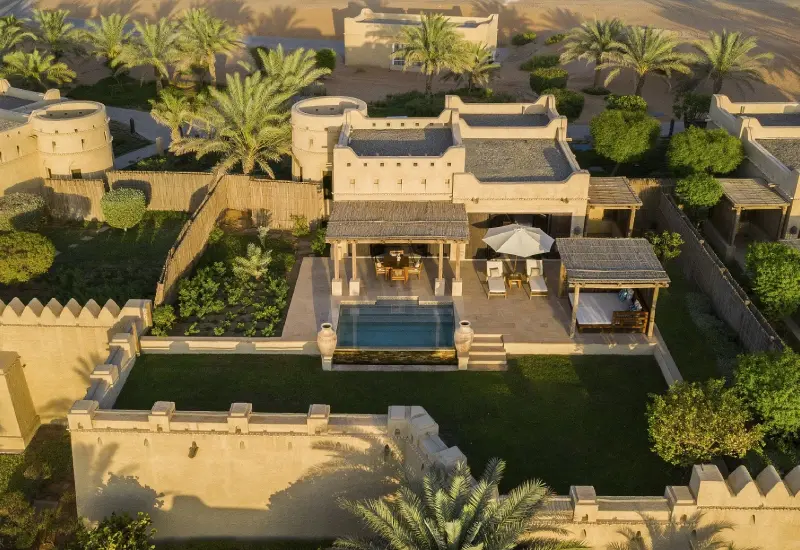
It offers beautiful rooms and villas with private pools. Guests can enjoy sandboarding, desert hikes, or spa treatments inspired by ancient traditions. Its architecture reflects Arab history, adding to its magical atmosphere.
Rates range from $400 to $1,200 per night, depending on the season. Best for families, couples, and anyone with a taste for desert culture and luxury.
6. Desert Nights Camp (Wahiba Sands, Oman)
For those who want to experience desert life with a bit of peace and quiet, Desert Nights Camp is a great option. Located in the heart of the Wahiba Sands, about two hours from Muscat, it is definitely worth the drive.
The camp offers luxurious tents with air conditioning, private bathrooms, and traditional decor. Guests can enjoy dune bashing and camel rides, and visit nearby Bedouin villages to get a taste of the local culture.
Accommodation costs around $300-$600 per night and is aimed at families and cultural travelers who want a mix of adventure and tradition.
7. Adrère Amellal (Siwa Oasis, Egypt)
This unique desert lodge near the Siwa Oasis is truly one of a kind. Made entirely of natural materials such as salt rock and mud, it blends perfectly with its surroundings, giving it a unique feel. There is no electricity, which makes the experience more peaceful and connected to nature.
Guests dine by candlelight, swim in natural spring pools, and explore the surrounding ancient ruins. The silence and natural beauty are unforgettable.
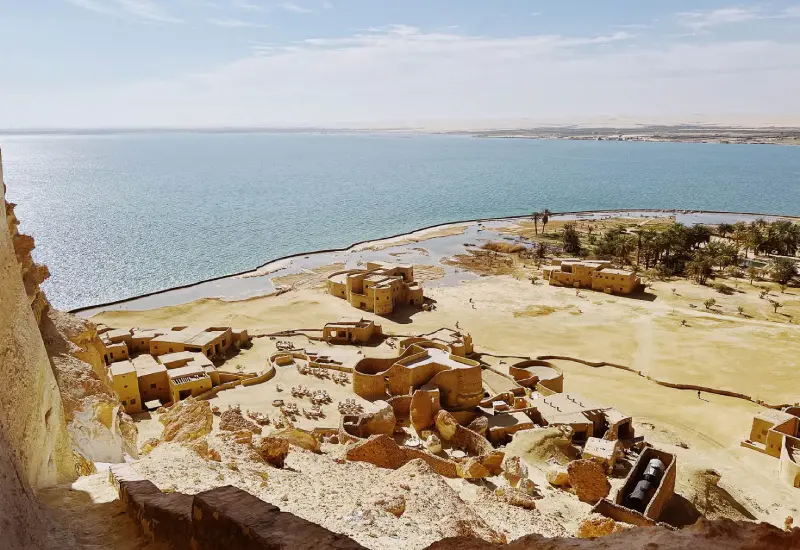
The cost of accommodation is around $500 to $800 per night, which is very affordable. This lodge is a must-visit for eco-conscious travelers and those looking for a digital detox.
8. Explora Atacama (Atacama Desert, Chile)
Located in the driest desert in the world, Explora Atacama is a great base for exploring northern Chile. The resort sits near the town of San Pedro de Atacama and offers over 40 guided explorations, including hikes, horseback rides, and astronomy sessions.
Rooms are simple but comfortable, with views of the volcanoes and salt flats. The resort includes all meals and excursions, making it a great place for adventurous travelers.
Expect to spend around $1,500 to $2,000 for this all-inclusive experience. It is best for active travelers, nature lovers, and science and adventure enthusiasts.
9. Tierra Atacama Hotel & Spa (Chile)
Another gem in the Atacama Desert, Tierra Atacama combines desert adventure with a relaxing spa experience. The resort has a stylish design using local materials such as stone and wood. There is an outdoor pool, a yoga room, and excellent spa treatments.
Activities include stargazing, visits to the salt flats, and geyser tours. The hotel is also known for its sustainable practices and friendly service.
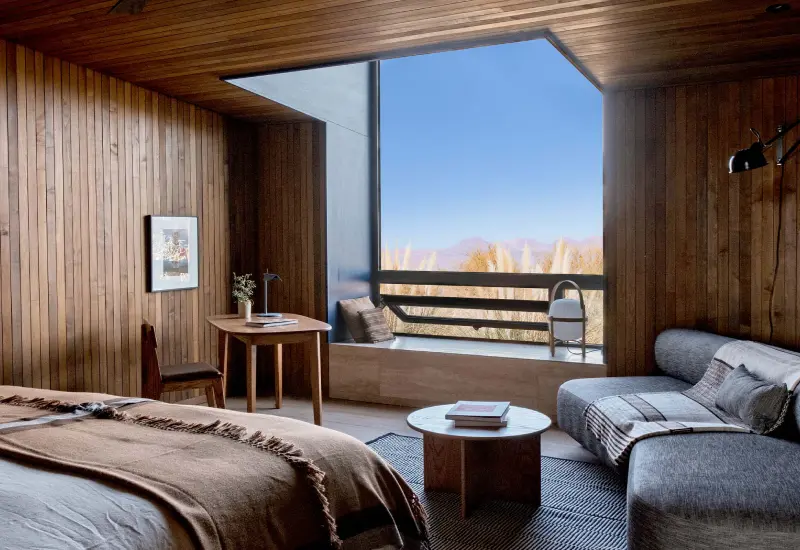
Nightly rates range from $1,000 to $1,700, including tours and meals. It is perfect for couples, wellness travelers, and those looking for comfort and a sense of place.
10. Camp Sarika by Amangiri (Utah, USA)
Located near the main Amangiri lodge, Camp Sarika offers a slightly more adventurous experience. It features luxurious tented pavilions with private plunge pools and fire pits. Guests enjoy five-star service while being closer to nature.
The surrounding desert landscape is perfect for hiking, stargazing, and even helicopter tours over the Grand Canyon. The cost of accommodation and services is around $3,500 to $5,000 per night, which may seem high at first glance, but it makes sense considering the amenities on offer.
Luxury adventurers, glamping enthusiasts, and travelers looking for peace and quiet in a magnificent setting should not miss this lodge.
Why Choose a Desert Resort?
Desert resorts offer the ultimate in luxury and experience. Unlike busy cities or crowded beaches, the desert offers silence, space, and a sense of timelessness.
Many desert lodges are designed to help you reconnect with nature and yourself. Warm days, cool nights, and wide open skies create a peaceful and serene atmosphere.
Costs can also vary greatly, but many resorts include meals and activities. Some are incredibly luxurious and private, while others are simpler and eco-friendly. What they all share is a deep respect for the desert and the promise of something special.
Best Times to Stay in a Desert Resort
Timing is important when planning a trip to the desert. Most deserts experience very high temperatures, with scorching days and cold nights.

The best time to visit many desert lodges is during the cooler months, usually from October to April. During these months, the weather is pleasant for outdoor activities such as camel riding, stargazing, and hiking.
Summers can be unbearably hot, especially in places like the Middle East or North Africa. However, some resorts offer special low-season rates during the summer, making it more affordable for budget travelers who can handle the heat. Always check the local weather before booking.
The Role of Sustainability in Desert Resorts
Many modern desert resorts are now being built with sustainability in mind. Since deserts are fragile ecosystems, luxury lodges must be careful not to damage the natural environment. Some use solar panels for energy, while others rely on recycled water systems to manage resources.
Natural materials like clay, stone, and wood help reduce the environmental impact and keep the buildings cool. Resorts like Adrère Amellal and Tierra Atacama are leading the way in eco-friendly practices.
Travelers who care about the environment can enjoy these desert lodges with peace of mind, knowing that their comfort does not come at the expense of nature.
Final Word
Deserts may seem empty at first glance, but they are full of beauty, life, tranquility, and luxury. The top 10 desert resorts in the world prove that even in the driest places on Earth, you can find peace and comfort. From the sands of Dubai to the cliffs of Utah, these resorts will give you the gift of tranquility. When traveling, a desert resort can always be a good choice. These unique destinations remind us that sometimes, the most magical places are also the quietest. If you are planning your next trip, it might be time to consider the desert.
Are you planning to travel to Iran and looking for an Iran resort? Consider Matinabad Eco-resort.
